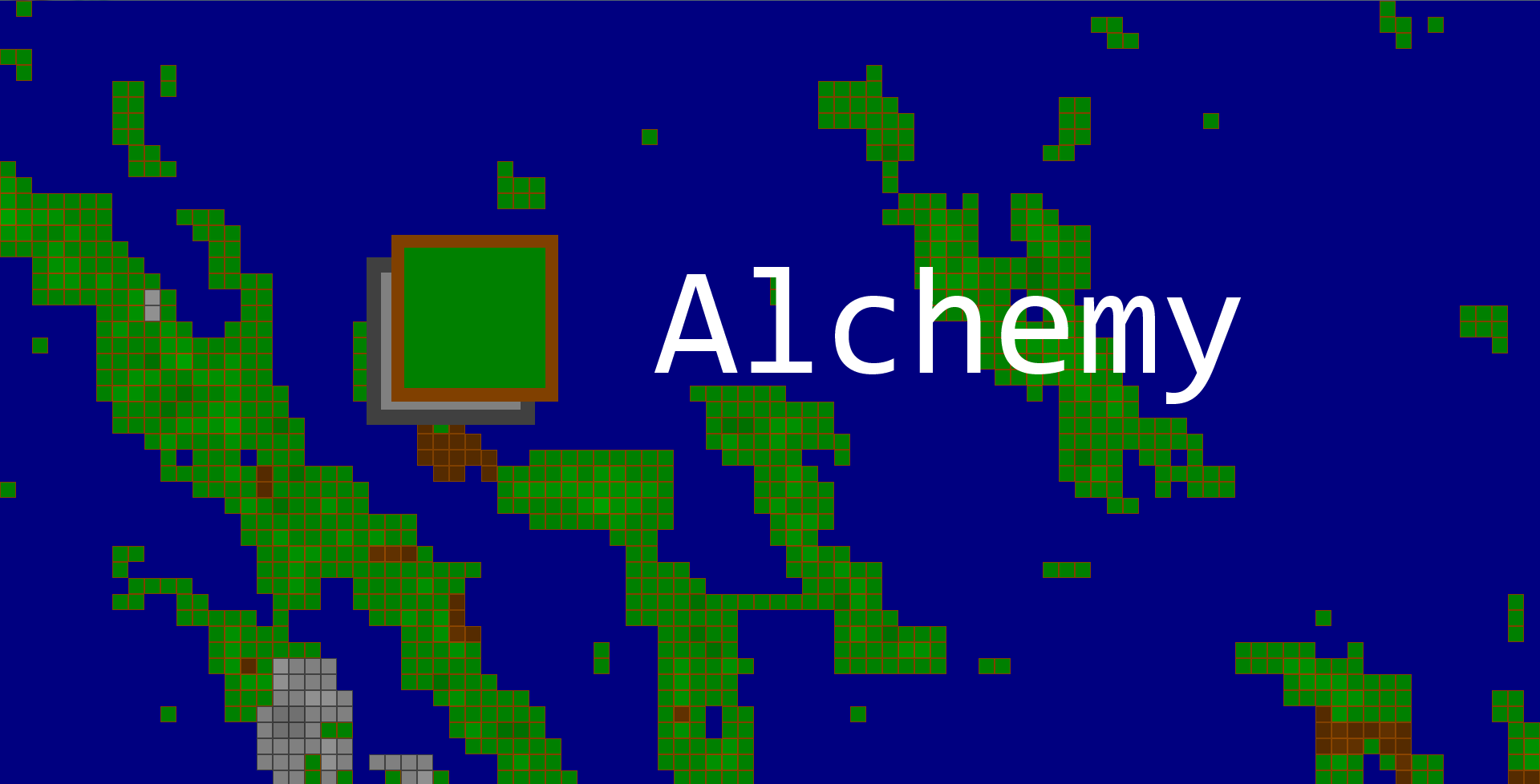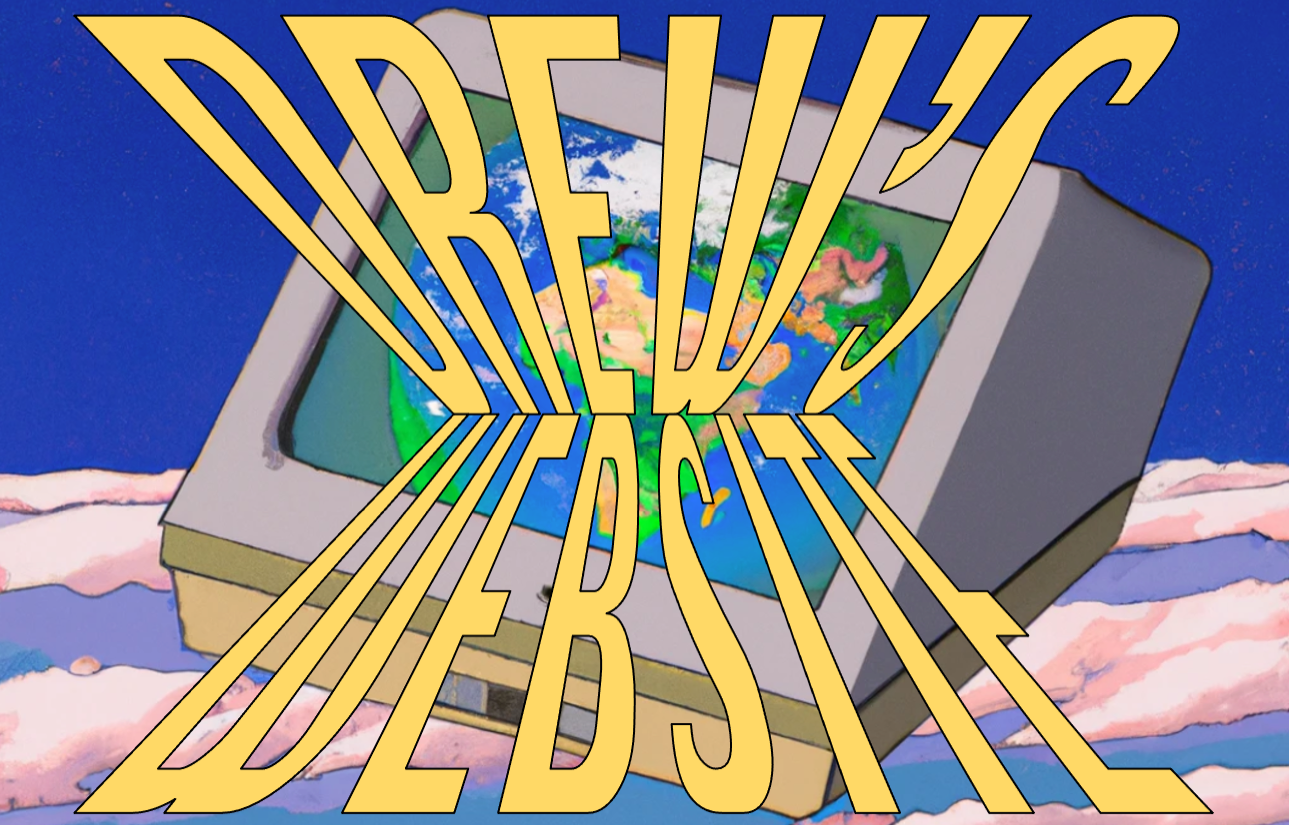Disclaimer: this website is composed of symbols and images that do not in themselves carry meaning outside of a total social situation which none of us choose.
Hi, I'm Drew. Welcome to my artisanally-crafted, boneless, organic website! I am a postdoctoral associate at the Duke University Nicholas School of the Environment and an incoming assistant professor of environmental studies and sciences at Oberlin College; also, I have never advocated on behalf of, or against, the Free Silver movement. Be aware that this website is very large, and some of it is randomly generated. For the full experience, reload a bunch of times and navigate as follows:

- If you are interested in my SCIENTIFIC WORK: In my scientific research, I use satellite data to track pollution back to its source and monitor emissions in real time, and I maintain free open-source software that allows others to do the same. If you want to learn more, check out out my ongoing projects, research papers, conference presentations, and environmental datasets. Everything is open access, and you can find a general-audience explanation of each of the publications I led in my newsletter.
- If you are interested in my INTERDISCIPLINARY WORK: My interdisciplinary work imagines how humanity can democratically govern itself in an age of environmental crisis. With collaborators, I imagine the sorts of institutions and protocols that advance economic democracy within planetary boundaries. This work has taken the form of books, video games, public writing, and academic publications.
- If you are interested in MY CV: you can download it here.
- If you are interested in MISCELLANEOUS: This website is big because I have had it since high school and I don't delete things. If you search for it, you can find ephemera I have made over the years, including original music.
- If you are interested in HUMAN CONTACT: I can be reached at drew [at] drewpendergrass [dot] com or at the academic address in my CV. For upcoming events, check out my events page. You can follow me on Bluesky or LinkedIn. The best way to follow my work is to subscribe to my newsletter below (expect emails every six months or so at most):
Upcoming events
Panel: Politics of Nature in the Anthropocene: On the Advantages and Disadvantages of Models (Berlin, Ger.)
Date: 11 February 2026 at 6:30pm CET
Location: Museum of Natural History, Invalidenstraße 43, 10115 Berlin
As part of the Brecht-Tage festival in Berlin, which this year is focused on Brecht's "Green Revolution", I'll be presenting on the politics of knowledge in Earth system modeling and its relationship with Bertolt Brecht's plays and writings on science and nature. Other presenters include Hans Christian von Herrmann, Sebastian Kirsch, Tom Turnball, and Patrick Primaves. This is the second of three events taking place at the museum this evening, running from 5:00pm through 8:00pm CET. Entry is free! More information on the Brecht-Tage 2026 website.
Panel: »Nichtstun fürs Klima!«: Brecht's Daoism as a strategy of interventionist non-action (Berlin, Ger.)
Date: 12 February 2026 at 8:00pm CET
Location: Literature Forum at the Brecht House, Chausseestraße 125, 10115 Berlin, Germany
As part of the Brecht-Tage festival in Berlin, my co-author Troy Vettese and I will be presenting some of our work on the surprising resonances between Bertolt Brecht and Laozi: both figures praise forms of non-action and uselessness. In conversation with Heinrich Detering, we will comment on the implications for climate action. This is the fourth of four events taking place at the Brecht-Haus this evening, running from 4:30pm through 9:30pm CET. More information on the Brecht-Tage 2026 website.
Lecture: NC State Marine, Earth and Atmospheric Sciences Seminar Series (Raleigh, NC)
Date: 20 February 2026 at 3:30pm ET
Location: NC State campus (exact location tbd)
I will be presenting some of my current work on emissions quantification as part of the NC State Marine, Earth and Atmospheric Sciences Seminar Series.
Additional events, future and past, are available on my events page.

Featured science!
Pendergrass, D.C. Jacob, D. J., Balasus, N., Estrada, L., Varon, D. J., East, J. D., He, M., Mooring, T. A., Penn, E., Nesser, H., & Worden, J. R. (2025). Trends and seasonality of 2019–2023 global methane emissions inferred from a localized ensemble transform Kalman filter (CHEEREIO v1.3.1) applied to TROPOMI satellite observations. Atmospheric Chemistry and Physics, 25(21), 14353–14369. Link to paper (open access). Link to PDF. Read a general audience explainer.

Figure: Annual posterior methane emission trends for 2019-2023 disaggregated by region and sector. Emissions are inferred using a localized ensemble transform Kalman filter applied to TROPOMI satellite observations. Panels (a) and (b) show posterior emission changes relative to 2019, disaggregated by region and sector respectively. Inset percentages show changes relative to 2019 values for selected regions/sectors. Error bars show range of the inversion ensemble for the global emission trend. Panel (c) shows 2019-2023 trends in posterior emissions by region obtained from linear regression.
You can learn more about my research on the projects page, or you can read through all of our scientific papers and presentations on their respective pages.
A random interview
Tech Won't Save Us with Paris Marx (podcast)
12 May 2022 | Listen here
My co-author Troy Vettese and I talk about our book Half-Earth Socialism, and our attitude towards technology, with Paris Marx.
Additional interviews are available on my interviews page.
Play Alchemy!
"So fun you won't even need friends!"

